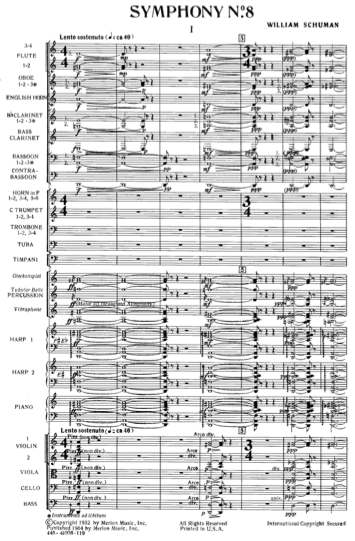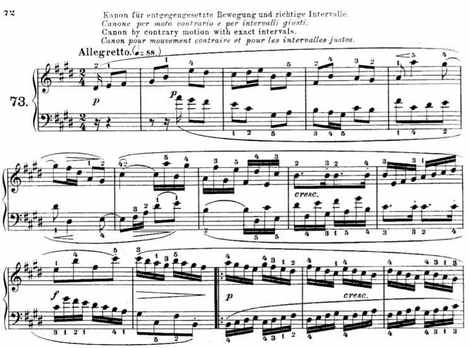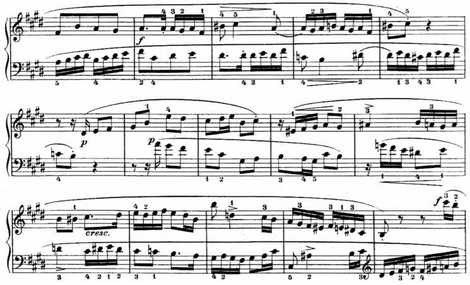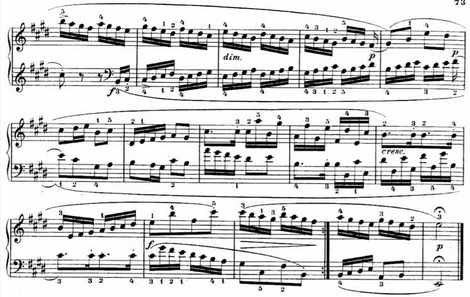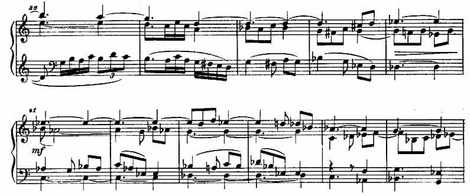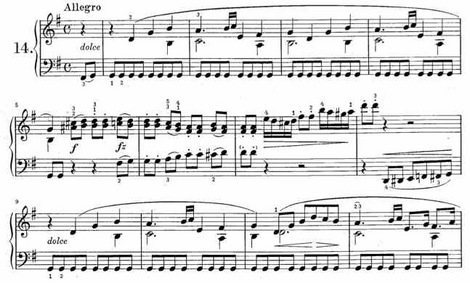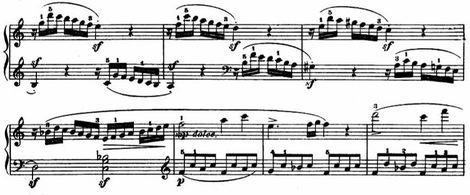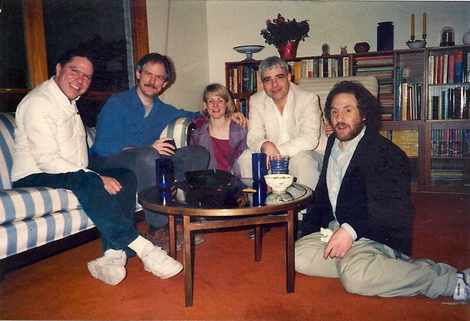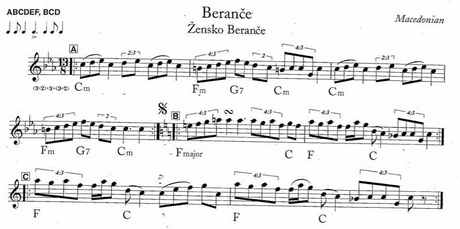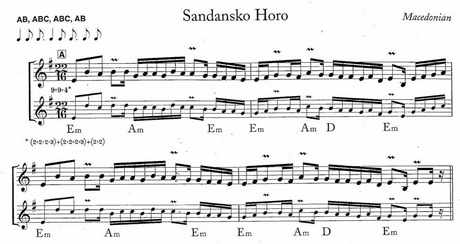Here’s the thing about Americans. You can send their kids off by the thousands to get their balls blown off in foreign lands for no reason at all, saddle them with billions in debt year after congressional year while they spend their winters cheerfully watching game shows and football, pull the rug out from under their mortgages, and leave them living off their credit cards and their Wal-Mart salaries while you move their jobs to China and Bangalore.
And none of it matters, so long as you remember a few months before Election Day to offer them a two-bit caricature culled from some cutting-room-floor episode of Roseanne as part of your presidential ticket. And if she’s a good enough likeness of a loudmouthed Middle American archetype, as Sarah Palin is, John Q. Public will drop his giant-size bag of Doritos in gratitude, wipe the Sizzlin’ Picante dust from his lips and rush to the booth to vote for her. Not because it makes sense, or because it has a chance of improving his life or anyone else’s, but simply because it appeals to the low-humming narcissism that substitutes for his personality, because the image on TV reminds him of the mean, brainless slob he sees in the mirror every morning.
And again:
We’re used to seeing such blatant cultural caricaturing in our politicians. But Sarah Palin is something new. She’s all caricature. As the candidate of a party whose positions on individual issues are poll losers almost across the board, her shtick is not even designed to sell a line of policies. It’s just designed to sell her.
And as a public service announcement, some much-needed publicity for the Alaska Secessionist Movement.Â

